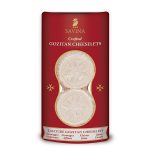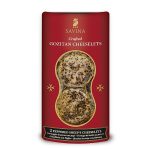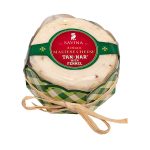Cheese
Maltese and Gozitan Cheese has it’s own history. No one can visit the islands of Malta and Gozo and not trying the unique taste of Maltese and Gozitan cheese.
Up to the turn of the twentieth century Malta and Gozo boasted a strong culture of cheese-making, and most towns and villages had their own “imhazen tan-nar” – warehouses (Imhazen) equipped with large vats that were used to craft cheese and which were heated on open fire stoves. The craving of the gbejna or gibniet was the females’ task on the farm. read more..
They milked their herd at dawn and then crafted the fresh milk into cheeselets before going to the market place to sell them. However, when the herd produced excess milk, it was the herdsmen who took the fresh milk to the ‘Imhazen tan-Nar’ to turn it into cheese. This cheese could then be kept for longer periods of time and was normally made from a combination of two or three sources of milk, usually cow and goat or sheep and goat, depending on the composition of the herd of the farmer.
Cheese from different herdsmen had its own particular taste, reflecting the composition of one’s herd, and this created a very competitive market among farmers – all contesting for the best tasting cheese on the island!
As this cheese culture progressed, craftsmen became also more adventurous with their recipes. In later years one could find cheese with added pepper or common Maltese herbs of the time, like cumin and fennel. However, in the middle of the 20th Century, when Malta was still under the British rule all trade dealing with fresh milk became illegal in a bid to curb the spread of undulant fever (Deni irqiq). This brought to an abrupt end the centuries-old, “Tan-Nar” cheese-making culture of the Island. During this period, all excess milk could only be turned into ‘gbejniet’, since its process does not require any heating at all. Hence up to the present days, the gbejna has become Malta’s most popular cheese!






















